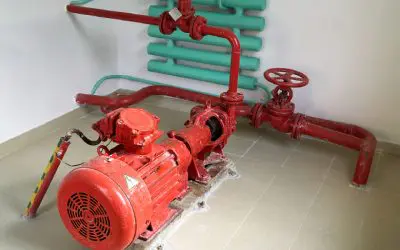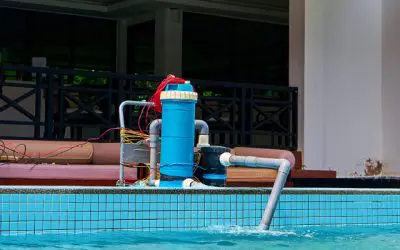
1. Cavitation Happens When Pressure Drops Below the Liquid’s Vapour Point
When suction pressure becomes too low, the liquid turns into vapour bubbles. These bubbles collapse violently inside the pump, causing noise and internal damage. If left unchecked, cavitation can quickly erode the impeller and other critical pump components, reducing efficiency and lifespan.
2. Poor Suction Conditions Are the #1 Trigger
Most cavitation issues come from suction-side problems such as:
- Suction line too long or too narrow
- Lift too high
- Blocked strainers
- Air leaks in suction piping
Fixing suction conditions often solves cavitation instantly.
3. The “Marbles in the Pump” Noise Is Your First Warning
A pump experiencing cavitation typically produces a distinctive cracking or popping sound. Other signs include unstable pressure, reduced flow, and abnormal vibration. Ignoring these early warning signs can lead to serious damage, unexpected downtime, and costly repairs.
4. Cavitation Damages the Pump Faster Than You Expect
The collapsing bubbles pit metal surfaces and wear down the impeller. Over time, this leads to lower efficiency, seal failure, higher energy usage, and eventually pump breakdown. Regular monitoring and maintenance are essential to catch cavitation before it causes irreversible damage.
5. Prevention Focuses on Improving Flow Into the Pump
Effective ways to stop cavitation include:
- Increasing suction head or lowering pump elevation
- Enlarging suction pipe size
- Ensuring straight inlet piping (no sharp bends before pump)
- Cleaning strainers
- Matching pump speed and flow with system demand
Frequently Asked Questions (FAQs)
Q1. What is cavitation in a pump?
Cavitation is the rapid formation and subsequent collapse of vapor bubbles (or cavities) in the fluid, usually occurring near the impeller eye where the local pressure drops below the fluid’s vapor pressure. The collapse of these bubbles generates destructive shockwaves.
Q2. What are the main symptoms or signs of cavitation?
The main signs of cavitation are a distinct loud noise that sounds like pumping gravel or marbles, an increase in vibration, a drop in the pump’s head and efficiency, and eventual physical damage (pitting or erosion) to the impeller and casing.
Q3. What is the primary cause of cavitation?
The primary cause of cavitation is insufficient Net Positive Suction Head Available (NPSHA). This means the pressure in the pump’s suction line is too low, often due to high fluid temperature, excessive suction lift, or blockages in the suction piping.
Q4. What is the relationship between fluid temperature and cavitation?
As the fluid temperature increases, its vapor pressure also increases. When the vapor pressure gets closer to the pressure at the impeller eye, the fluid is more likely to flash into vapor, making the pump significantly more susceptible to cavitation.
Q5. What are three simple ways to prevent or reduce cavitation?
Three simple ways to prevent or reduce cavitation are: lowering the fluid temperature (if possible), reducing the flow rate through the pump (throttling the discharge valve), or raising the level of the liquid source to decrease the suction lift.



